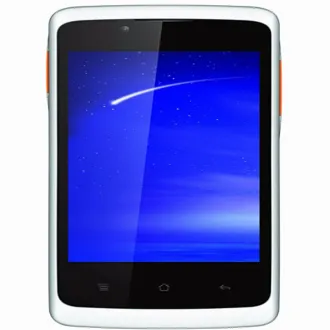Oppo R811 Real USB Drivers will help your Windows computer recognize your Android device. Then you can transfer files from computer to Android or even install the stock or custom ROM to your Android device.
Network Technology: GSM:
2G bands: GSM 900 / 1800 / 1900 - SIM 1 & SIM 2:
3G Network: TD-SCDMA:
Speed: HSPA:
GPRS: Yes:
EDGE: Yes:
Launch: Announced: 2012, October. Released 2012, December:
Status: Discontinued:
Body: Dimensions: 115.2 x 61.5 x 10.9 mm (4.54 x 2.42 x 0.43 in):
Weight: 119 g (4.20 oz):
SIM: Dual SIM (Mini-SIM, dual stand-by):
Display: Type: TFT capacitive touchscreen, 16M colors:
Size: 3.5 inches, 36.5 cm2 (~51.5% screen-to-body ratio):
Resolution: 320 x 480 pixels, 3:2 ratio (~165 ppi density):
Platform: OS: Android 4.0.4 (Ice Cream Sandwich):
Chipset: Mediatek MT6515:
CPU: 1.0 GHz Cortex-A9:
GPU: PowerVR SGX531:
Memory: Card slot: microSDHC (dedicated slot):
Internal: 4GB 512MB RAM:
Main Camera: Modules: 3.15 MP, AF:
Video: Yes:
Selfie Camera: Modules: Yes:
Video:
Sound: Loudspeaker: Yes:
3.5mm jack: Yes:
Comms: WLAN: Wi-Fi 802.11 b/g, hotspot:
Bluetooth: Yes:
GPS: Yes, with A-GPS:
Infrared port: No:
Radio: No:
USB: microUSB 2.0:
Features: Sensors: Accelerometer, proximity:
Battery: : Removable Li-Ion 1520 mAh battery:
Stand-by: Up to 250 h:
Talk time: Up to 10 h:
Misc
Colors: White
Step 1 — Download and extract the Android USB Driver to your PC.
Step 2 — Click Start (Windows) -> Control Panel -> Device Manager (Select Device Manager).
Step 3 — On the Device Manager window find and click on computer name to select Add legacy hardware.
Step 4 — Select Next
Step 5 — Selext Install the hardware that I manually select from a list (Advanced), and click the Next
Step 6 — Select Show All Devices afterward click Next button again.
Step 7 — Click the Have Disk button.
Step 8 — Click Browse button to find the extracted Android ADB Driver -> android_winusb.inf and click on Open.
Step 9 — Click OK.
Step 10 — Now select the Android ADB Interface -> click Next button.
Step 11 — Click Next button again.
Step 12 — Windows Security box will appear, to confirm whether you really want to install the Android USB Driver, so just choose the Install this driver software anyway.
Step 13 — Once you clicked the Finish button, then repeat from step 2 to choose Android Composite ADB Interface.
Step 14 - Done.
